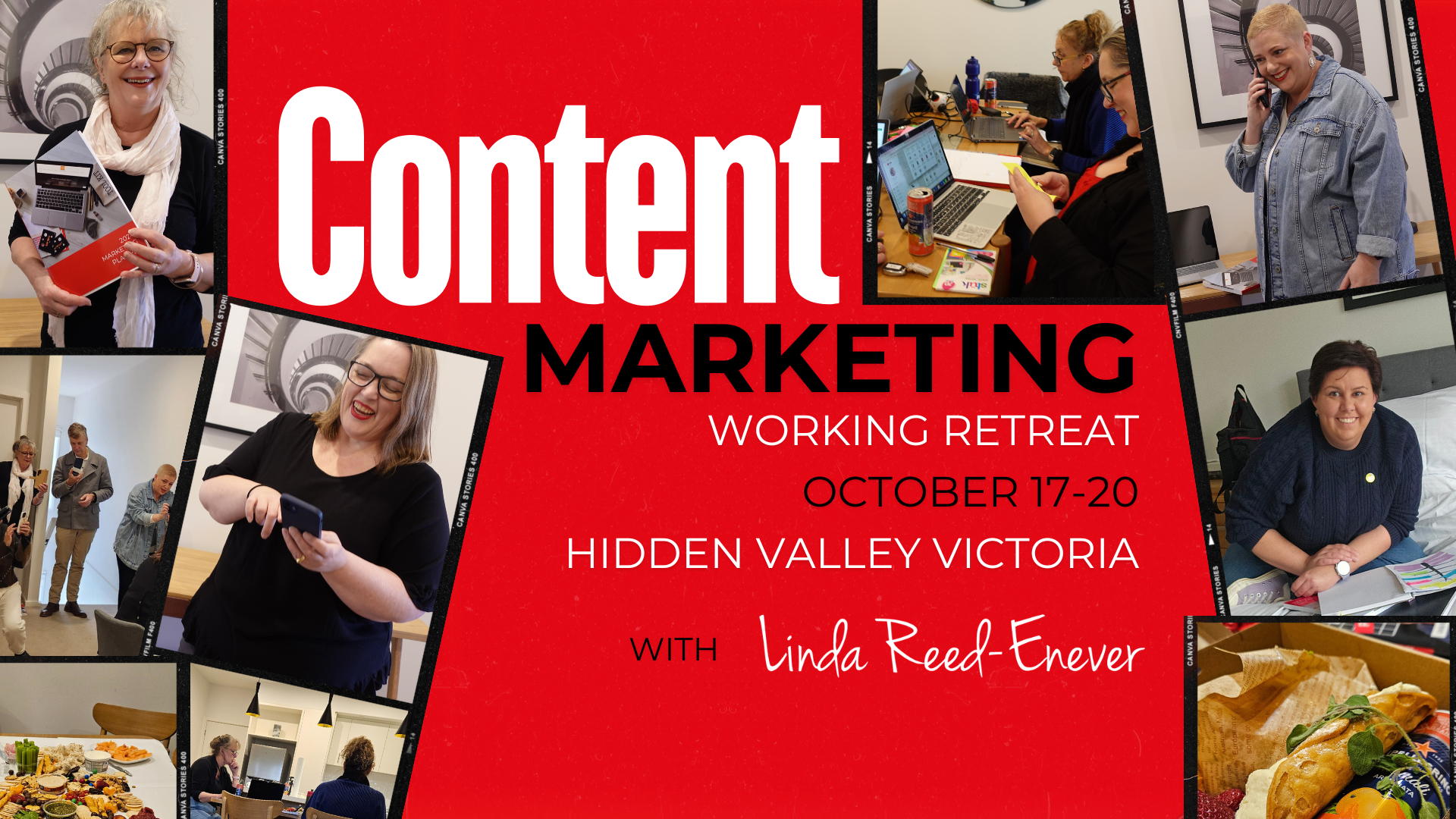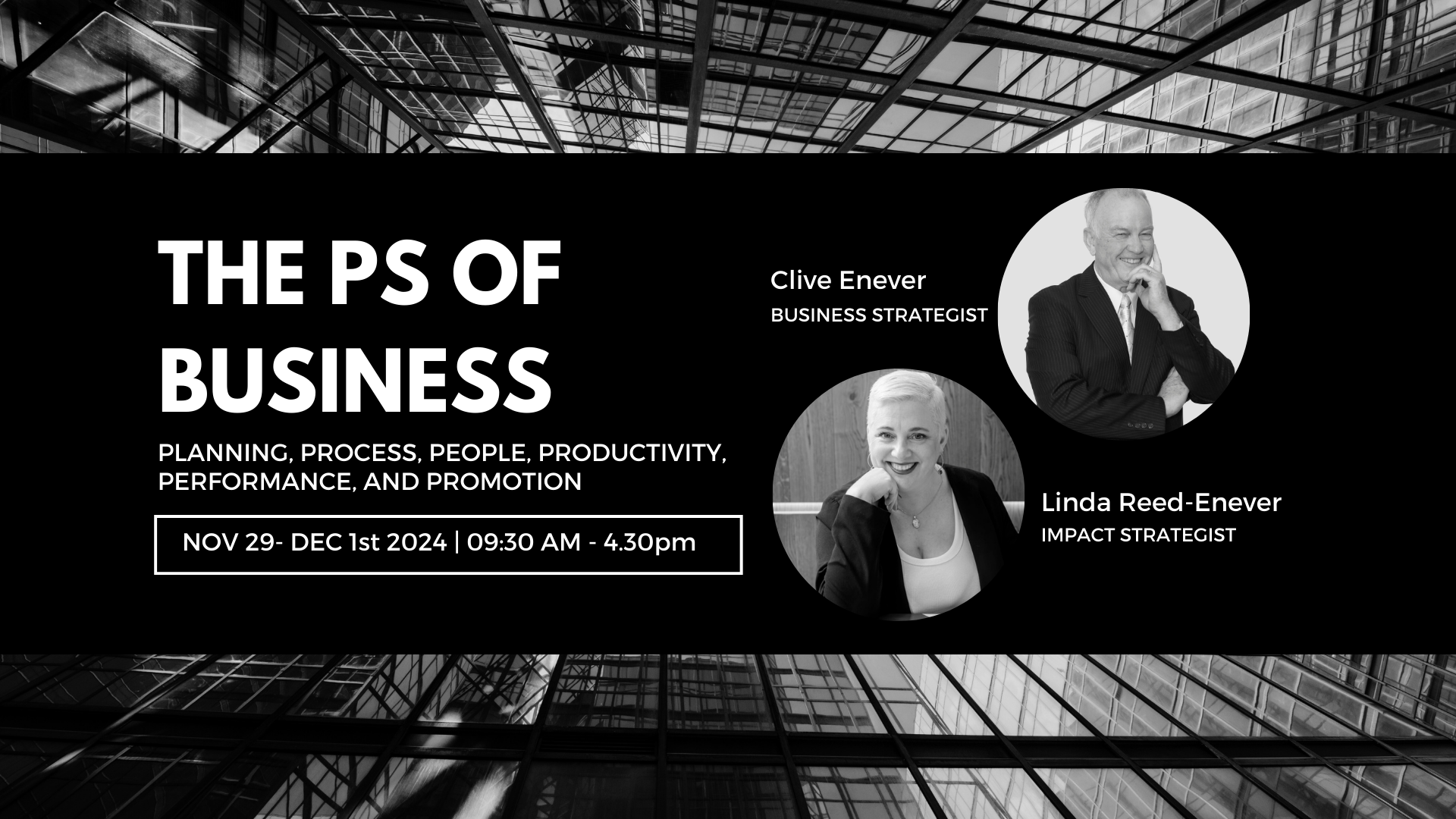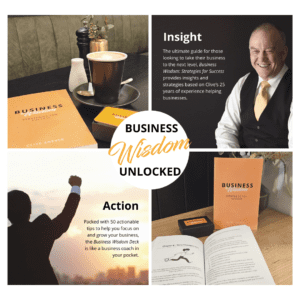This week we are covering the art of Conversation on Social Media and how to go about creating a conversation with your audience as part of your strategy.
When we meet someone for the first time in real life, or even after that, we won’t start with a pitch, and Social Media is no different. Like in real life, we need to start with a conversation with our audience, with a mix of “small talk” that may gradually transition into a more meaningful conversation and then if appropriate, problem solving with a pitch.
Just as a date sets the foundations for a relationship, social media is the same for customers. And it all start with conversation.
So how do you master the Social Media Convestation Art?
It starts with Tone and Voice:
Voice and tone matter in Social Media, they humanise your brand and let you take part in conversations naturally. This week take a moment to work on your tone and voice by answering the following questions:
Character / persona – Who does your brand sound like? If you picture your social brand as a person (a character), how do the speak? This is where you can flesh out an identity with specific attributes that fit who you want to sound like online.
Tone – What is the general vibe of your brand?
Language – What kind of words do you use in your social media conversations?
A voice board can be beneficial here, where you note down words and key phrases you like and that you associate with your brand.
Purpose – Why are you on social media in the first place?
Tip: Once you have these refined share your tone and style with everyone who represents you socially.
Be authentic and consistent.
Once you find a voice and tone for your brand, check it against these values: authenticity and consistency. Does it match with the rest of your marketing message
Your tone needs to feel authentic, not forced.
Avoid inconsistencies. Don’t interject sudden moments of cutesiness in copy that otherwise feels casual. Beware of attempts to be funny! They rarely come off as funny… and they tend to be embarrassing for everyone when they fall flat.
Don’t forget context and busy-ness! Your tone shouldn’t be so thick that people who are in a rush or on their mobile devices feel burdened by it. Put usability before tone.
Tips to help you with mastering the art:
The Conversations are multi-layered
Social media offers the perfect medium to create dialogues and even “multi-logues” giving you the perfect opportunity to engage with your clients and community.
They can start with a question or point that breaks into splinter conversations and each one needs to be nurtured and interacted with.
Others are watching
In addition to the person/s you are talking with on Social Media, you have others who watch/listen to your conversations giving them greater impact and reach. Watchers will often watch and form an opinion about you and your brand from your conversations.
Tone is hard to read so be clear
Remember that text message or email you received from a friend that seemed abrupt, sarcastic or perhaps even downright rude, even though you know that’s not what their intentions would be?
It’s the same on Social Media. But in the public realm often customers won’t have the benefit of knowing you personally or understanding your personality before they form an opinion about your communication technique.
Be very mindful that something written does not have the benefit of voice inflection, so you must deliver your intended tone in all areas of your copy. A great tip here is to read your Social Media posts back to yourself out loud before posting, or better yet, if the opportunity arises, have someone else in your business read them too.
Avoid All Caps
ALL CAPS IS TAKEN AS SHOUTING. Unless you intend to shout, it is likely not to be taken in the style of tone you intended.
It’s a bit the same with exclamation marks. Use them sparingly as they indicate you are excitable, something is urgent or you’re raising your voice to make a really important point!!!!!!! (See what we mean?)
Would you say that in the real world?
You see it on a regular basis – people making comments about posts that they would be unlikely to make to someone’s face. The rule of thumb should be; only say what you would in the real world, remembering words used on social media are no less harmful than in person.
Would you be happy to see that on the front of a newspaper?
Yes, social media is social…it’s affable, personable and a little more relaxed than mainstream media, but it is still a public forum where you are representing your brand.
It’s always worthwhile to run this mental filter across what you post “Would I be happy to see this comment/image/conversation on the front page of a newspaper as a representation of my business?”
Now let’s Get the Conversation Started on Social Media:
Now you have your tone set we can start the conversation with our audience on Social Media.
Start discussions on recent industry news
Show you know your industry and keep up with the trends by sharing news that relates your audience.
Ask a Question
Here are some other examples of “conversation starter” questions you can use on your social media accounts to generate discussion:
- What are your favorite [industry type] blogs?
- What [industry] product would you say you can’t live without?
- What are some of your biggest [job role/industry] mistakes when you first started?
- What’s the best [industry] article you’ve read this week?
- Who’s your biggest [industry] role model?
- What is your biggest challenge in ____________?
- If you could work anywhere in [industry] for one day, where would it be?
- Start a debate
Everyone has an opinion and most people would love to share! A great way to spark a conversation on social media is to start a debate. Consider choosing a news story, recent event, development in the industry, or even a specific subject discussed within an article and take a stance or explore multiple sides.
4. Thank Yous & New Follower Responses
Here’s a really simple way to get going with engagement, especially on Twitter. As you begin publishing and following new people, you’ll start to see new followers pop up every day.
Reply back with a “thanks for following [first name]” and add in something personal you’ve noticed about their profile or tweets.
Not only does this help increase engagement but it will humanise your brand and people will be more inclined to actually check out your posts and website.
You can also thank someone for sharing, retweeting, or liking a post. Show gratitude for the engagement but also be sure to ask what they thought of the post to keep the conversation going!
5. Monitor Your Brand Engagement
Know who is talking about your brand and what they are saying. By knowing what people are talking about, you can respond back to them and start a conversation. (Google Alerts can help as well as searching platforms)
For example, if a customer is having a problem with your product or service and they voice it on social media, respond to them.
By monitoring what people are saying, you can also join in on existing conversations that are relevant to your product or service.
Then Commit and Be Active:
Like all relationships, social conversations take time and for them to work you need to commit to investing time engaging with your followers. So keep the conversation going.
Some key ways to create an engaged audience includes:
- Like and reply to all comments
- Like and comment on tagged photos
- Let your audience get to know you! You can have fun with your Instagram stories or live Facebook videos.
- Reply to messages as quickly and thoughtfully as possible
- Engage with similar accounts (even your competitors!)
- Share your client’s photos.
- Invite people to give feedback through polls.
- Encourage the sharing of experiences and discussion by asking questions.
Engaging with your audience on social media is a great way to truly get the insight you need to help make critical business decisions and it can be as easy as starting a conversation.
By having a dialogue with your audience, you will see an increase in brand awareness and results from your online efforts.














